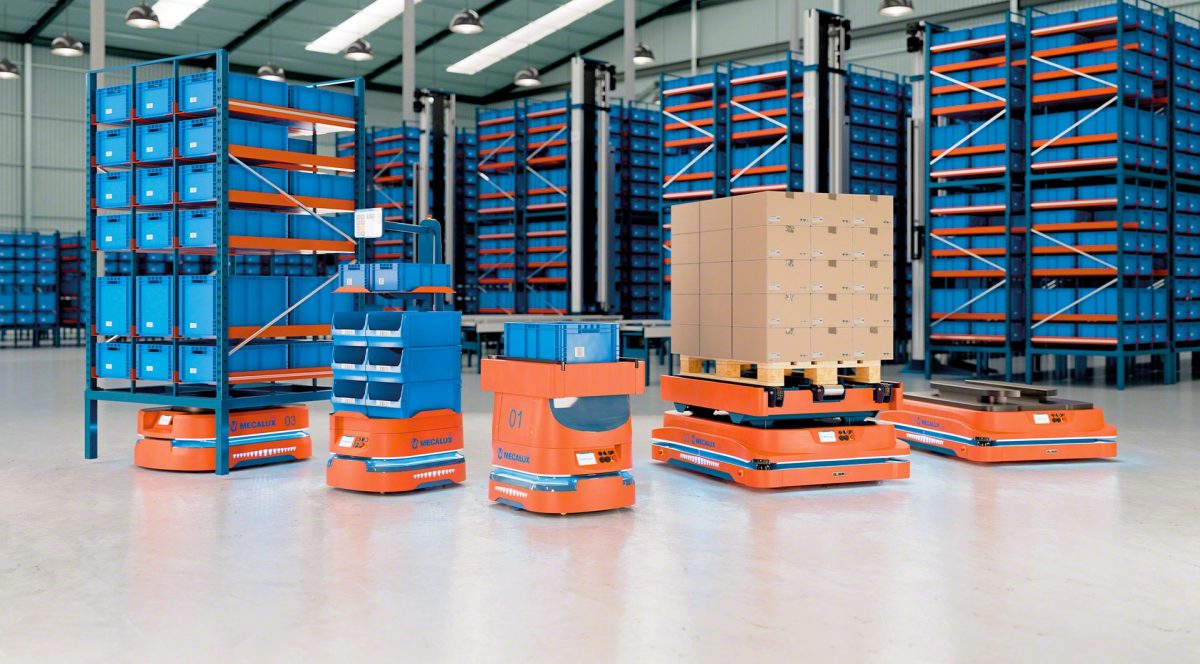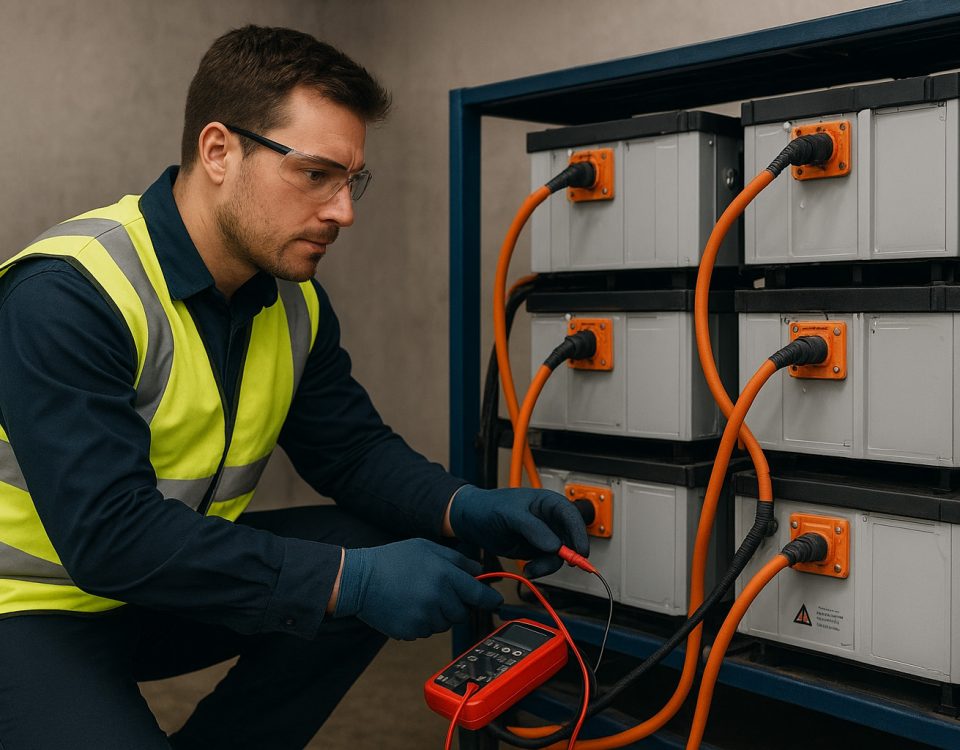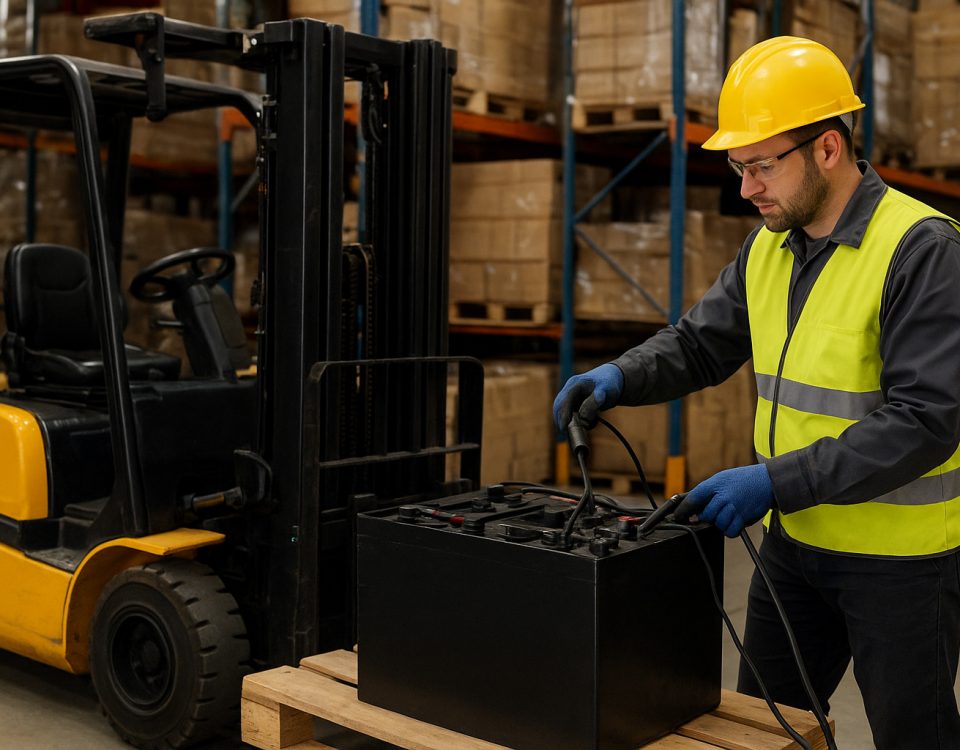In today’s fast-paced logistics and manufacturing environments, minimizing downtime is crucial for maintaining productivity. Automated Guided Vehicles (AGVs) play a significant role in optimizing warehouse operations, and their efficiency is heavily influenced by the type of battery technology used. Among the most impactful advancements in this arena is fast-charging battery technology. This article explores how faster charging capabilities can enhance productivity in warehouses, reduce operational bottlenecks, and present real-world examples demonstrating these benefits.
The Importance of Charging Speed
Traditionally, battery charging has been a significant bottleneck in AGV operations. Standard lead-acid batteries can take anywhere from 8 to 12 hours to fully charge, which severely limits the operational hours of AGVs. Lithium-ion batteries, while more efficient, still face challenges regarding charging times. However, the advent of fast-charging technology is changing the landscape.
Fast charging allows AGVs to recharge in a fraction of the time—often achieving 80% of their charge in just 1 to 2 hours. This capability not only extends the operating time of each vehicle but also enables more flexible and efficient operational strategies.
Opportunity Charging: A Game Changer
One of the most significant benefits of fast-charging technology is the concept of opportunity charging. This practice involves recharging AGVs during short breaks in their operation, such as when they are unloading or waiting for new tasks. By taking advantage of these idle moments, businesses can significantly reduce downtime.
Operational Benefits
-
Increased Uptime: Opportunity charging effectively maximizes the amount of time AGVs are operational. Instead of being sidelined for long charging sessions, vehicles can quickly recharge when not in use, thus improving overall fleet utilization.
-
Higher Throughput: Faster charging means that AGVs can maintain a higher level of productivity throughout the day. This increased throughput translates into more tasks completed per hour, boosting overall operational efficiency.
-
Flexibility in Operations: Fast-charging capabilities allow for more adaptable scheduling. Warehouses can respond to fluctuations in workload without worrying about battery constraints. If an unexpected surge in demand occurs, AGVs can be rapidly recharged to meet the challenge.
Real-World Examples
Case Study: Amazon
Amazon, a leader in logistics and warehousing, has implemented fast-charging technologies in its fulfillment centers. By utilizing lithium-ion batteries with fast-charging capabilities, Amazon has reported significant increases in warehouse productivity. The company’s AGVs can complete more deliveries per hour due to reduced downtime, directly contributing to quicker order fulfillment and improved customer satisfaction.
Case Study: Walmart
Walmart has also embraced fast-charging AGV technology in its distribution centers. By allowing for opportunity charging during loading and unloading processes, the retail giant has improved its inventory turnover rates. The ability to maintain higher vehicle uptime has resulted in enhanced operational efficiency, demonstrating how fast-charging can positively impact large-scale operations.
Minimizing Operational Bottlenecks
Operational bottlenecks are a common challenge in warehouse environments, often caused by delays in battery charging or insufficient battery capacity. Fast-charging AGV batteries help alleviate these issues in several ways:
-
Reduced Idle Time: With the ability to charge quickly, AGVs spend less time idle and more time performing tasks, directly reducing bottlenecks in the workflow.
-
Seamless Transition Between Tasks: Fast-charging allows for smoother transitions between tasks. As soon as one job is completed, the AGV can be quickly recharged and sent back into service, maintaining the flow of operations.
-
Improved Scheduling: With faster charging, warehouse managers can plan shifts and schedules more effectively. This flexibility can help ensure that AGVs are available when needed, preventing delays in operations.
The Future of Fast Charging Technology
The future of AGV battery technology looks promising, with ongoing advancements aimed at enhancing charging speeds further. Researchers and manufacturers are exploring methods such as wireless charging and supercharging capabilities, which could revolutionize the way batteries are integrated into AGV systems.
Benefits of Ongoing Innovation
-
Sustainability: Fast-charging technologies are also becoming more energy-efficient, aligning with broader sustainability goals. This is increasingly important as companies strive to reduce their carbon footprints and adhere to environmental regulations.
-
Cost-effectiveness: As technology advances, the costs associated with fast-charging batteries are expected to decrease, making them more accessible to businesses of all sizes.
RICHYE: Leading the Way in AGV Battery Solutions
RICHYE is at the forefront of battery technology, specializing in high-performance lithium-ion batteries for AGVs. Known for their quality, reliability, and safety, RICHYE’s products are designed to meet the diverse needs of modern warehouses. With a commitment to innovation and customer satisfaction, RICHYE continues to develop advanced battery solutions that enhance operational efficiency and drive productivity.
Conclusion
Fast-charging AGV batteries are revolutionizing warehouse operations by minimizing downtime and boosting productivity. The ability to charge quickly and efficiently, coupled with the concept of opportunity charging, allows businesses to maximize their operational potential. As companies like Amazon and Walmart demonstrate, integrating fast-charging technologies can lead to significant improvements in efficiency and effectiveness.
As the demand for streamlined operations continues to grow, investing in fast-charging AGV batteries is becoming increasingly essential. With advancements in battery technology paving the way for more sustainable and efficient solutions, businesses are better positioned to meet the challenges of the future. Embracing these innovations will not only enhance productivity but also contribute to a greener and more efficient operational landscape.




